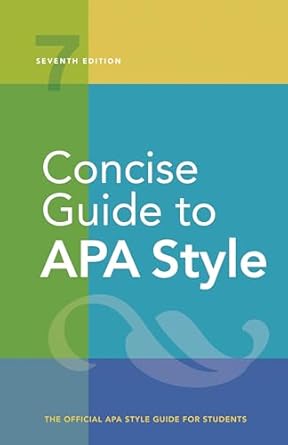[toc]
apa quotation guide mastering direct quotes
Concise Guide to APA Style: 7th Edition (OFFICIAL)
Page 218 Review
Understanding Quotations: A Deep Dive into APA Style Guidelines
Properly citing sources is crucial in academic writing, and quotations play a significant role in supporting arguments and providing evidence.
The American Psychological Association (APA) style offers detailed guidelines on how to incorporate quotations effectively.
This commentary will explore the key aspects of APA’s quotation rules, drawing heavily from the provided text.
Short Quotations: Integrating Voices Seamlessly
For quotations shorter than 40 words, APA advises integrating them directly into the text.
As the manual states, “If a quotation consists of fewer than 40 words, treat it as a short quotation: Incorporate it into the text and enclose it within double quotation marks.
For a direct quotation, always include a full citation (parenthetical or narrative) in the same sentence as the quotation.” This approach ensures a smooth flow of information while acknowledging the original source.
The citation is paramount, whether parenthetical or narrative.
The manual emphasizes, “Place a parenthetical citation either immediately after the quotation or at the end of the sentence.
For a narrative citation, include the author and year in the sentence and then place the page number or other location information in parentheses after the quotation; if the quotation precedes the narrative citation, put the page number or location information after the year and a comma.” These nuances ensure clarity and prevent plagiarism.
Consider this example: According to the APA manual, “Place periods and commas within closing single or double quotation marks” (Publication Manual, 2020, p. 194).
The placement of punctuation marks is explicitly defined, highlighting the attention to detail required in academic writing.
Block Quotations: Presenting Extended Passages
When a quotation exceeds 40 words, it transforms into a block quotation, demanding a different treatment.
The text specifies, “If a quotation contains 40 words or more, treat it as a block quotation.
Do not use quotation marks to enclose a block quotation.
Start a block quotation on a new line and indent the whole block 0.5 in. from the left margin.” This formatting distinguishes the extended passage from the surrounding text, visually signaling its origin.
Furthermore, “If there are additional paragraphs within the quotation, indent the first line of each subsequent paragraph an additional 0.5 in.
Double-space the entire block quotation; do not add extra space before or after it.” These structural guidelines ensure consistency and readability.
The absence of quotation marks is notable, further emphasizing the visual separation.
Punctuation and Citations: The Devil is in the Details
APA style meticulously addresses punctuation within quotations.
The document clarifies, “Place other punctuation marks inside quotation marks only when they are part of the quoted material.” This rule helps to avoid misinterpretations and ensures that only the author’s intended punctuation is conveyed.
The placement of citations is also crucial. “Either (a) cite the source in parentheses after the quotation’s final punctuation or (b) cite the author and year in the narrative before the quotation and place only the page number in parentheses.” These options provide flexibility while maintaining proper attribution.
Dealing with Existing Quotations and Alterations
The manual also addresses more complex scenarios, such as incorporating material that is already a direct quotation or making alterations to the original text.
While the provided excerpt does not delve deeply into these aspects, it acknowledges their existence.
The text directs the reader to specific sections for further guidance: “To reproduce material that is already a direct quotation in the work you are citing, see Section 8.33.
If you need to make changes to a direct quotation, see Sections 8.30 and 8.31.” This highlights the comprehensive nature of the APA guidelines.
Conclusion: Mastering the Art of Quotation
Quoting effectively requires a thorough understanding of APA style guidelines.
From short, integrated quotations to lengthy block quotations, each format demands specific treatment.
By adhering to the rules regarding punctuation, citation, and formatting, writers can seamlessly incorporate external voices into their work while maintaining academic integrity.
As the APA manual emphasizes, attention to detail is paramount in the world of scholarly writing.
Failing to follow these guidelines can lead to academic dishonesty and a lack of credibility.
Buy full ebook for only $18: https://www.lulu.com/shop/american-psychological-association/concise-guide-to-apa-style-7th-edition-official/ebook/product-rmzpq54.html?page=1&pageSize=4

